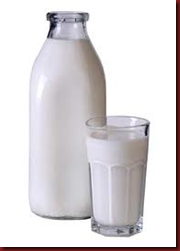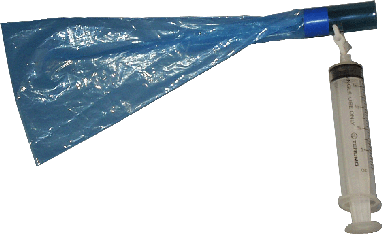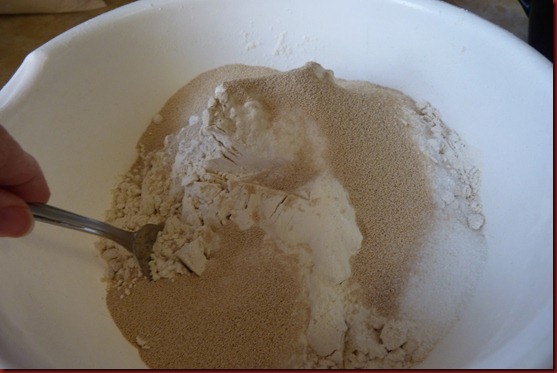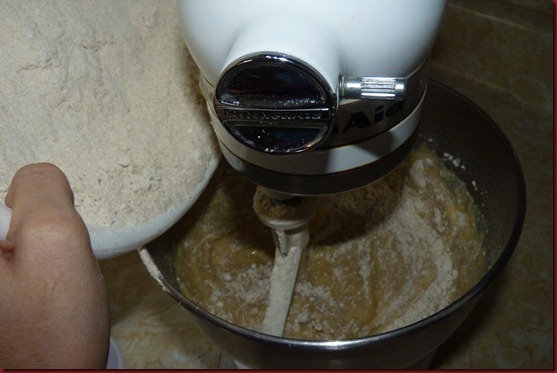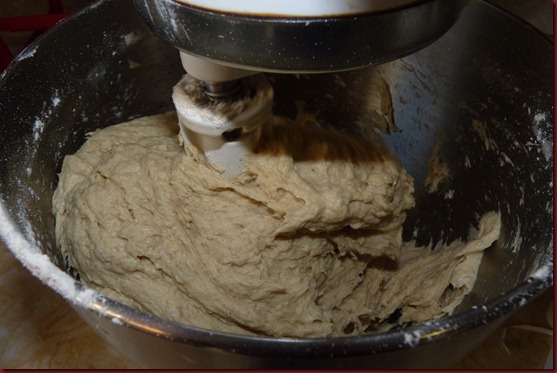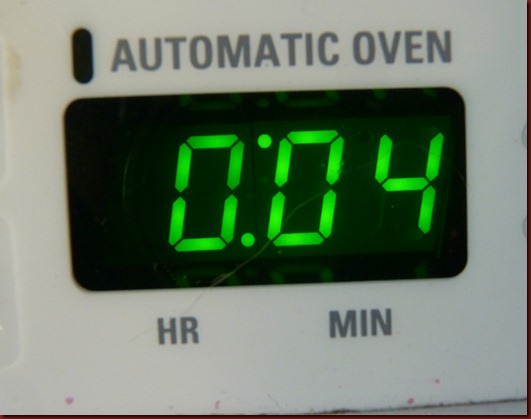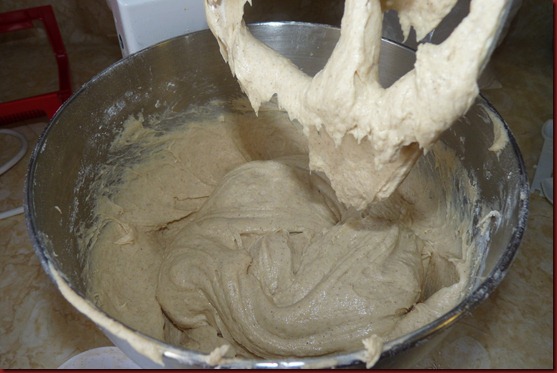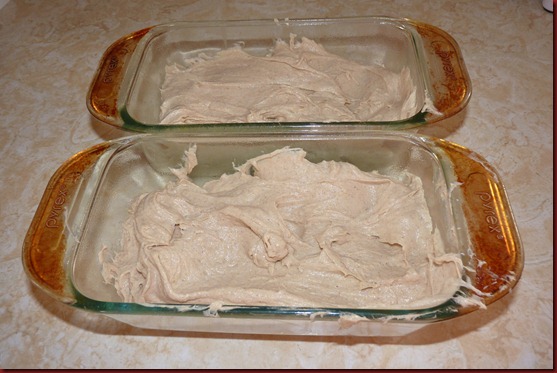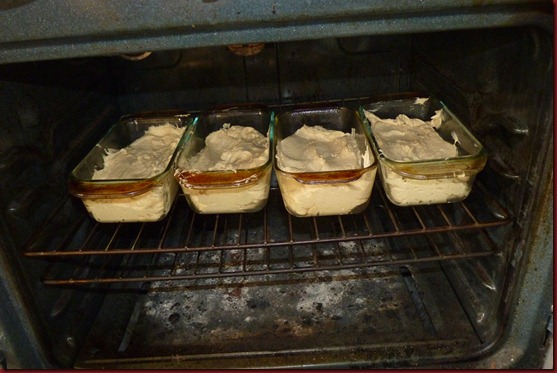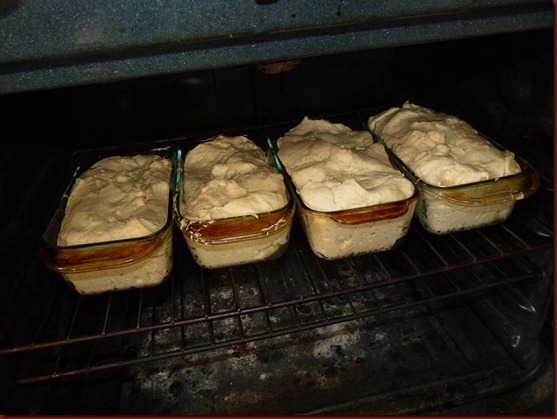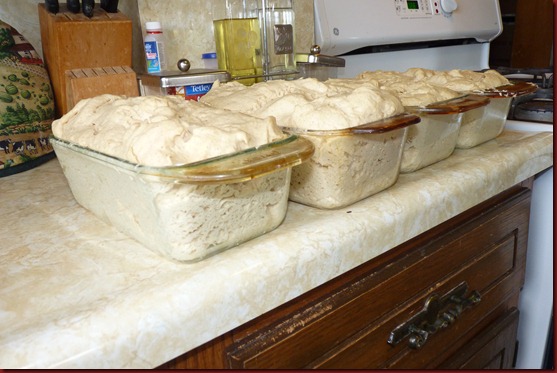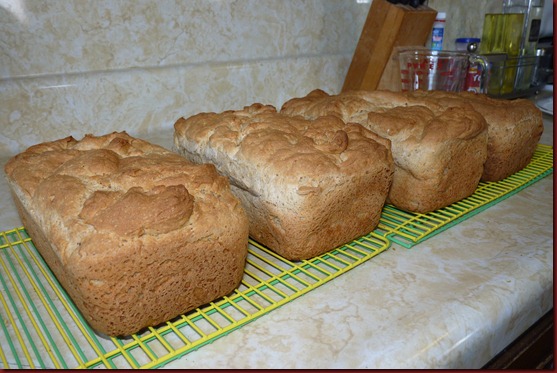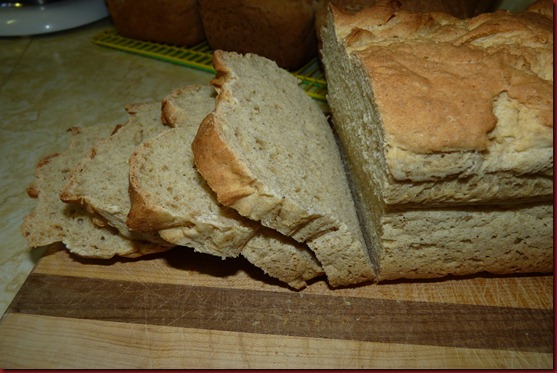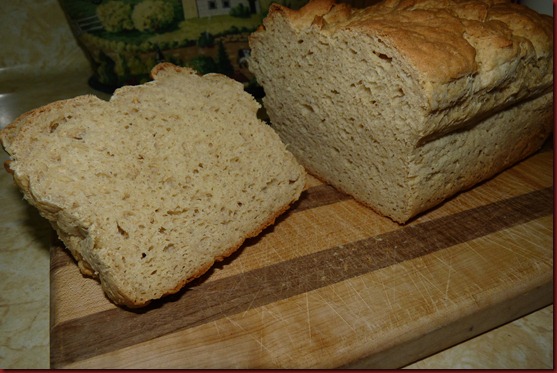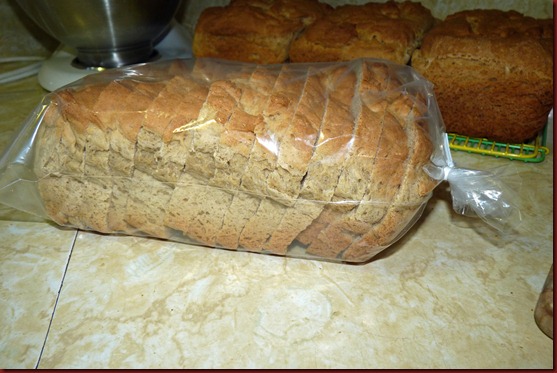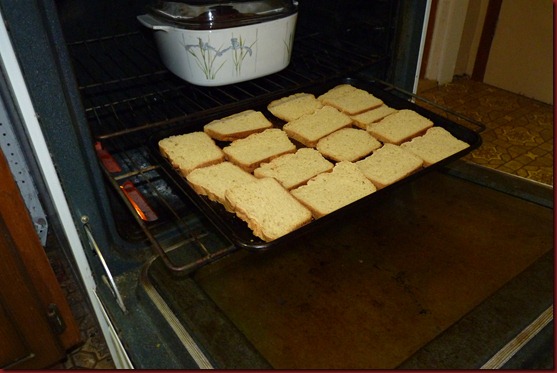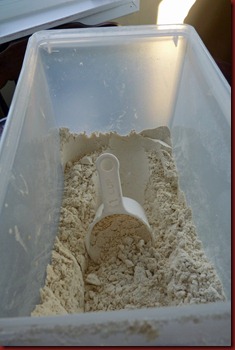Those who have FM will usually find that they also have Lactose Intolerance (LI). This falls back to what I talked about in my last entry about FODMAPs since Lactose is a Disaccharide. Even those who do not find they have many issues with other FODMAPs foods will often find that they do still have issues with LI. Lactose Intolerance is a common digestive problem, so it’s not surprising to find FM and LI together. For those with FM it is a good idea to consider reducing or removing milk for ones diet for a period of time to determine whether lactose is an issue as well as FM.
LI is an inability to digest lactose which is the natural sugar in milk and other dairy products. The cell lining of the small intestines produce an enzyme called lactase which breaks down lactose into two more simple sugars called glucose and galactose. These simple sugars are absorbed into the bloodstream. LI occurs when the small intestine is not able to produce enough of the enzyme lactase, this means that lactose gets into the colon (large intestines) and causes various symptoms such as gas, bloating, diarrhea, abdominal cramps, nausea and sometimes vomiting
Lactose Intolerance is relatively common and usually develops later in life. Children are generally born able to produce enough lactase and it is not until after the age of 2-3 that they begin to produce less lactase. Most children do not experience symptoms of LI until late adolescence or adulthood. Infants born prematurely may have reduced levels of lactase because this enzyme increases in the unborn child late in the third trimester. Research has found that some ethnic and racial populations are more affected then others. LI is more common in people with Asian, African, Native American, or Mediterranean ancestry than it is among northern and western Europeans. There is also research that shows that some people inherit a gene from their parents that makes it likely they will develop LI. LI can also be developed as a result of other digestive issues that cause damage to the small intestines such a celiac disease, Crohn’s disease, severe diarrhea illness or chemotherapy.
Bear in mind that LI is a intolerance. It is not an allergy and is very different from a milk protein allergy. People who have LI do not have to avoid all milk but are usually able to digest small amounts of milk and items low in lactose on a regular basis. Unlike FM it is much easier to know what foods are okay and which are not when it comes to LI. For those who find that even the slightest amount of milk or milk products makes them ill there is a good chance that this is not LI or not just LI but an allergy to the protein in the milk. This would be called a Type 2 milk allergy as it is not an anaphylaxis allergy but a delayed response allergy.
Testing for LI is done similar to FM, by a Breath Hydrogen Test (BHT). Another form of testing would be through a Lactose Tolerance Test, where one drinks a solution with a large amount of lactose and then their is tested two hours later to check the amount of glucose in the bloodstream. If your glucose levels do not rise it means you are not properly digesting and absorbing lactose. For infants and small children they are also able to stool acidity test. Undigested lactose creates lactic acid that can be detected in stool samples, glucose may also be present in the stool as a result of undigested lactose.
The good news is that LI is easier to treat and manage then FM. Most people who have LI are able to digest small amounts of lactose, especially if it is taken with a meal. You may need to only reduce your milk and dairy product intake. It is good to learn which foods are high in lactose and which are naturally lower in lactose. It is best to start with removing milk from your diet in order to allow your gut time to heal. After two weeks you can begin to reintroduce small amounts of low-lactose foods to determine what your tolerance level is.
The following gives an idea of which foods you should not eat/drink too much of as well as some ideas of what you can still try in small amounts. It is good to remember to have dairy products in small amounts and spread it throughout your day and to drink milk with a meal and not on an empty stomach.
| Low Lactose | High Lactose |
| lactose-free milk | cows milk |
| lactose-free ice cream | sheeps milk |
| lactose-free yogurt | goats milk |
| cheddar cheese | custard |
| swiss cheese | ice cream |
| parmesan cheese | yogurt |
| brie cheese | evaporated milk |
| feta cheese | cottage cheese |
| mozzarella cheese | ricotta cheese |
| camembert cheese | mascarpone |
| lactose-free cottage cheese | cream cheese |
| sour cream | condensed milk |
| butter | buttermilk |
| almond milk | |
| coconut milk | |
| rice milk | |
| kefir | |
| sorbet |
For those who have more severe LI you are able to purchase Lactose Free Milk which allows you to still gain the other benefits of milk without the lactose. A cheaper option is to purchase Lactaid drops. These drops are the liquid form of lactase which can be added to milk, or liquid dairy products to reduce the lactose in the milk. The only thing with these drops is that you have to pre-treat your milk 24 hours before using it. It just takes a bit to train oneself to make sure there is always pre-treated milk in the fridge to use for drinking or preparing recipes/meals.
Many people have success with taking lactase pills. These are pills or chewable tablets that you can take just before eating foods with lactose in them. These are fast acting pills that will help you to digest the lactose in the food. Not everyone is able to tolerate these pills (I feel worse if I take them), but they are definitely worth a try to see if they can help assist in keeping down symptoms.
The other important thing to remember is that if you are decreasing the amount of milk you intake then you are also decreasing the amount of calcium and vitamin D that your body takes in and you will need to find other ways to get the appropriate amount of these.
Further Information on Lactose Intolerance:
- Mayo Clinic - http://www.mayoclinic.com/health/lactose-intolerance/DS00530
- National Digest Disease Information Clearinghouse http://digestive.niddk.nih.gov/ddiseases/pubs/lactoseintolerance/
- PubMed Health - http://www.ncbi.nlm.nih.gov/pubmedhealth/PMH0001321/
- MedicineNet - http://www.medicinenet.com/lactose_intolerance/article.htm
